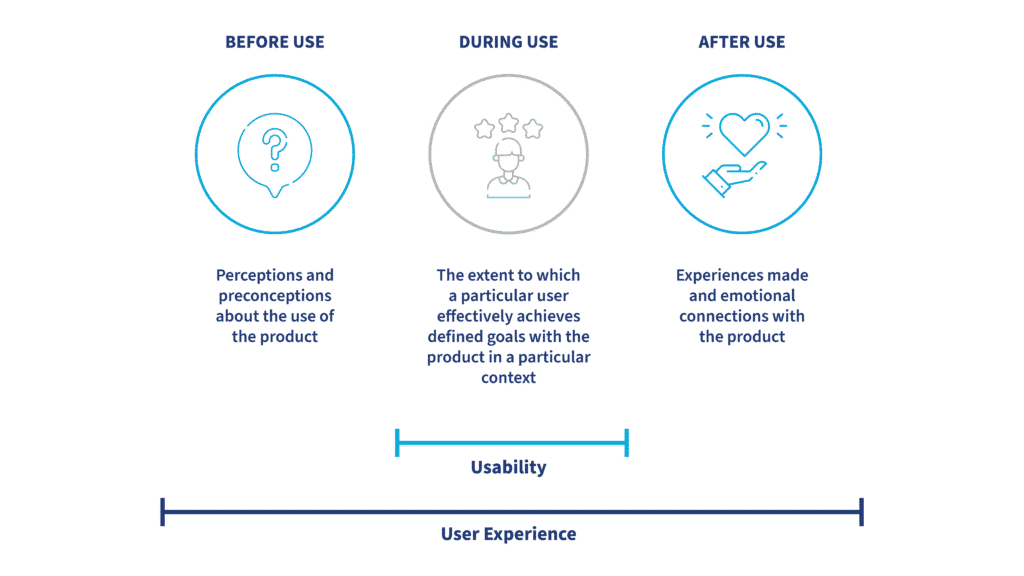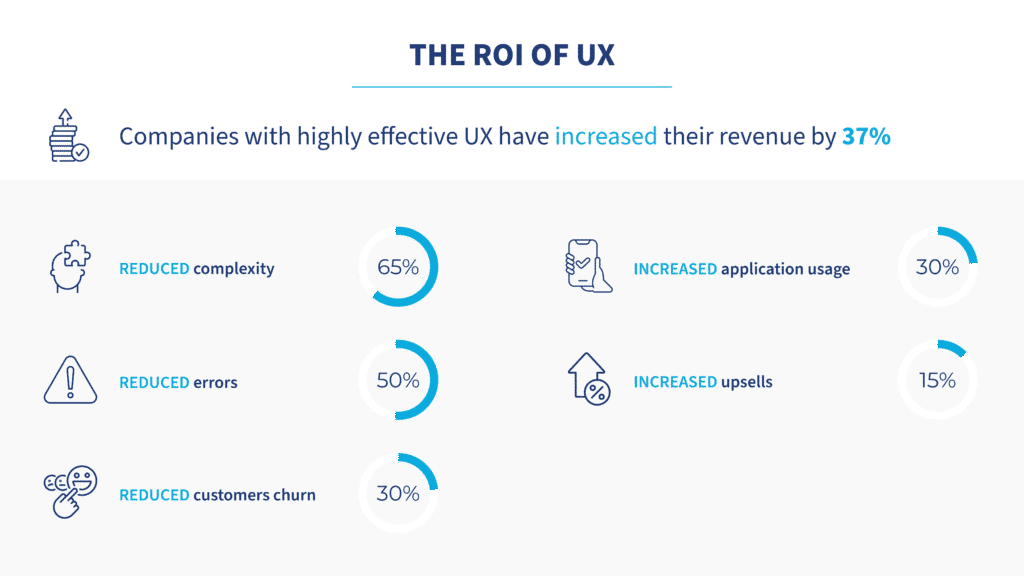Does this sound familiar? You try to put the lid on a food storage container and just manage to seal all four corners properly. You only succeed with great difficulty and have to push and shove to get it to fit at all. Annoyed and after a lot of time lost, all that remains is the realisation: “It doesn’t really fit …”.
It feels similar for users when they are asked to use a software application that is so difficult to understand that they can hardly complete the task with it. But what actually went wrong in the software development? Perhaps functional requirements were excellently implemented in a state-of-the-art application. The latest technologies were used, and no functional error remained unsolved. What was overlooked, however, was who the actual users were for whom all this was done.
If you only find this out after the application has been made productively available, it can become quite expensive. In the worst case, you may even have to start from scratch. The later the user experience matters, the more expensive and time-consuming it becomes to improve it and make it positive. Not only is the development and implementation expensive but also the user’s time. They end up trying to understand a user-unfriendly application, at least to some extent, and somehow complete their tasks, losing a lot of valuable time in the process.
The reputation of an application can also suffer in the long run if everyone says that it is terribly complicated and hardly usable. Hand on heart: How often have you already talked to colleagues (professionally or privately) about such an application? What did you say? You might have said something like “difficult to understand”, “awkward to use” or “I can’t do the job with it”. How often have you uninstalled an app right away because of these points? How often do you avoid using such an application?

This is exactly how the users of your application feel. User experience designers want to minimise these risks comprehensively and sustainably or even avoid them altogether. This is achieved by focusing the entire user experience on the users and designing it for them.
The generally accepted key indicator for measuring whether and to what extent an investment has paid off is return on investment (ROI). Here, for example, the investment costs for optimising an application can be taken and compared to the increase in licence sales. To calculate this, the additional profit is divided by the investment costs: The result shows how much added value the investment has led to. The reduction in customer support costs can also be compared to the investment (support costs per user).
As an example of business applications that you develop and use in your company, you could also check how much faster your employees can complete certain tasks and price them with a standard cost rate. After all, greater user-friendliness should also result in fewer problems and questions and faster completion of tasks.

Conclusion: A user experience designers should be involved from the beginning so that they can work sustainably to ensure that the application and the user are a good fit. This investment reduces risks, lowers costs and can be calculated with the help of ROI.

